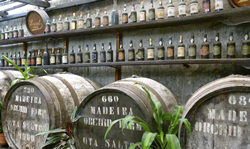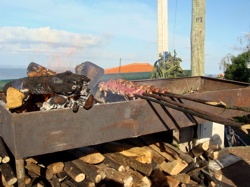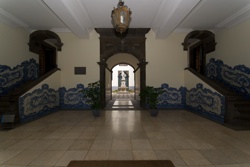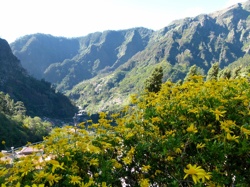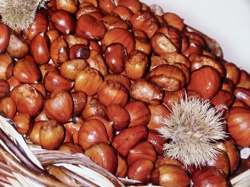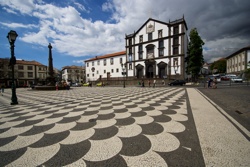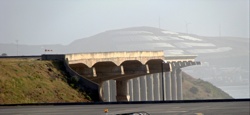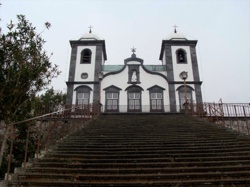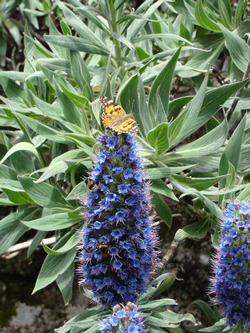Madeira wine
Did you know?
The famous Madeira wine
The worldwide unique Madeira wine.
The Madeira wine was created by sheer coincidence. In the 15th century, Portuguese sailors took port wine in wooden barrels on their long voyages. At the end of the journey, which often led through the tropics, they discovered that leftover wine became softer and milder. He gained in taste and so the transport of port wine was carried out from then on targeted. Today, the wine is no longer sent on the long sea voyage, but stored for three to five months at 45 ° C to 75 ° C.
Madeira wine can be very valuable: a bottle of Madeira wine became famous because it was bought at the Sotheby's auction house in New York on May 10, 1997 for around $ 22,000. It was a Madeira wine from 1800, once owned by Thomas Jefferson. The bottle was auctioned by Barrie Larvin, owner of the Hotel Casino Rio de Las Vegas.
Vintage Madeira is the premier class of Madeira wines. He carries a year on the bottle and contains only wine from this vintage. It must be made from one of the noble grape varieties (Sercial, Verdelho, Bual, Malvasia, Terrantez) and matured for at least 20 years in the barrel. Most vintage Madeira, however, store much longer in the barrel, sometimes more than a hundred years. Also, the traditional Canteiro process, in which the wines are heated by the sun, is prescribed. A glass of such a fine Madeira wine at the end of the day means enjoying Madeira.



